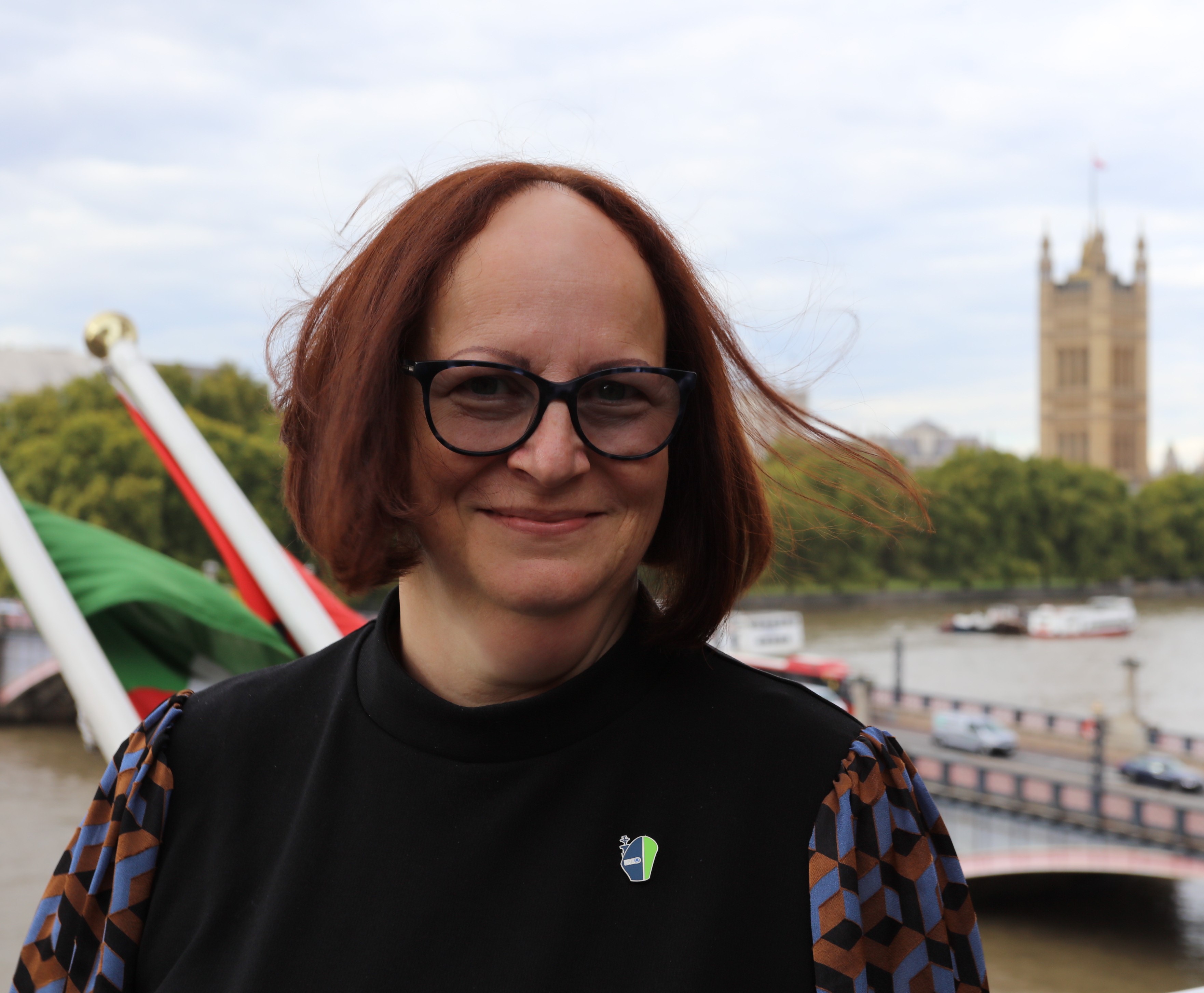IMO scales up environmental and labour requirements
- Logistics
- UK
- United Kingdom
- IMO
- International Maritime Organization
- biofuels
- Decarbonisation
- reefer logistics
- sustainability
1/ Which IMO schemes can we expect to see to help shippers improve reefer logistics?
It is important to recall that IMO is the standard-setting body for shipping. IMO is a specialised agency of the United Nations. Its 175 Member States develop and adopt regulations for shipping. The enforcement of these rules falls to the States that are parties to the treaties which contain those rules. The IMO International Convention on Standards of Training, Certification and Watch-Keeping for Seafarers (STCW) includes, for example, requirements relating to hours of work and rest for seafarers. Companies involved in shipping should consider their responsibilities to the human workforce at the heart of shipping – the seafarers. A due diligence tool has been developed to help enterprises using shipping services to protect the human rights of seafarers.
2/ When can we reasonably see the shipping industry curbing its GHG emissions?
As part of the United Nations family, IMO supports all measures designed to support the implementation of the UN Sustainable Development Goals (SDGS). Alternative low and zero-carbon fuels are already being trialled and we see new ships being ordered with the potential to use non-or low-carbon fuels. The 4th IMO study on GHG published in 2020 estimated that CO2 emissions increased from 701 million tons in 2012 to 740 million tons in 2018, accounting for approximately 2% of global CO2 emissions.
3/ What are IMO’s goals for the future?
The IMO Initial Strategy on the Reduction of GHG Emissions from shipping set several goals for the near future which imply a move to new fuels. A revised strategy is set to be adopted in July 2023. Potential future fuels and forms of propulsion for shipping include: ammonia, biofuels, electric power, fuel cells, hydrogen, methanol and wind. We know that the whole lifecycle needs to be looked at. A candidate measure in the IMO Initial GHG Strategy refers to developing “robust lifecycle GHG/carbon intensity guidelines” for all types of fuels in order to prepare for an implementation programme for effective uptake of alternative low-carbon and zero-carbon fuels. In the meantime, there is a lot that shipping can do to improve energy efficiency, such as hull cleaning to reduce drag; speed and routing optimisation; installation of low-energy light bulbs; and installation of solar/wind auxiliary power for accommodation services.
4/ How is the process of digitisation unfolding?
New requirements in the Facilitation Convention will make the Maritime Single Window mandatory from 1 January 2024. The amendments to the annex of the convention will make it mandatory for public authorities to establish, maintain and use single window systems for the electronic exchange of information required on arrival, stay and departure of ships in ports. They have to ensure that information is provided to the maximum extent possible. This is an opportunity for the entire shipping chain. We will also see more and more ships with varying levels of autonomy. We must provide the regulatory framework to ensure that as autonomy becomes more commonplace, safety and protection of the marine environment are not sacrificed.
“Decarbonisation, digitalisation, diversity and human workforce are the 4 key priorities of IMO under UN umbrella.”
The International Maritime Organization (IMO) is a specialized agency of the United Nations that promotes cooperation between States and the shipping industry to improve maritime safety and prevent pollution by ships. Its headquarters have been located in London, United Kingdom, since 1959.
www.imo.org



